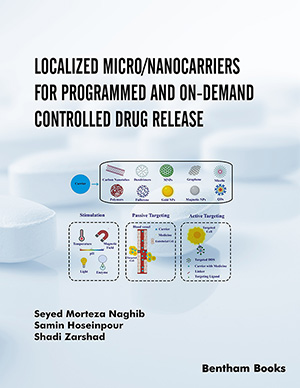Abstract
Background: The interest in administering drugs by intranasal route is currently increasing, particularly because it has shown to ensure drug therapeutic action by a rapid systemic absorption through the respiratory mucosa and/or a direct delivery of some molecules into the brain through the olfactory mucosa. Nevertheless, although intranasal administration avoids the first-pass hepatic biotransformation, several enzymes as well as efflux transporters can be found in the mammalian nasal epithelium.
Methods: This work reviewed the expression and localization of the drug-metabolizing enzymes and efflux transporters in the mammalian nasal mucosa epithelium, as well as their influence on the pharmacokinetic and pharmacodynamic profiles of specific drugs, using one hundred and thirty five peer-reviewed papers undertaken from MEDLINE database, including review and research papers.
Results: Most of the studies analyzed corroborate that oxidative and conjugative enzymes as well as multidrug resistance proteins and multidrug resistance-associated proteins efflux transporters are expressed in the nasal cavity, particularly in olfactory and respiratory mucosae, determining the access of drugs to central nervous system and bloodstream. Nonetheless, besides their well-documented anatomic location, either in laboratory animals or humans, there is still a lack of experimental information regarding the substrates of these enzymes and efflux transporters at the nasal cavity.
Conclusion: The knowledge herein discussed important not only to select the drugs with better potential to be administered by intranasal route but also to optimize drug formulations, in which inhibitors of enzymes or efflux transporters may be included to increase drug systemic and central delivery.
Keywords: Cytochrome P450, efflux proteins, intranasal administration, metabolism, nasal mucosa, P-glycoprotein.





















